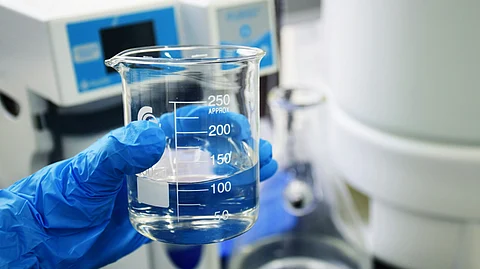The affordability of the device is one of its most remarkable features. According to the development team, the blood-plasma separation and water purification tool has been priced at approximately ₹1,000, making it an economical option for clinics and diagnostic labs in rural areas that may not have access to costly medical infrastructure. Additionally, larger versions of the water purification system could be priced between ₹50 and ₹200 per unit, depending on the volume and application.
The project received support and funding from the Department of Science and Technology (DST), Government of India. The research and resulting technology have also been recognized by the Royal Society of Chemistry, which published the study in one of its peer-reviewed journals. The innovation has been granted a 20-year patent, securing its use and encouraging possible future collaborations or commercial production.
This development aligns with broader national goals of improving healthcare accessibility and sanitation in underserved areas. Since the device does not rely on external filters or batteries, it is particularly suited for use in field conditions, mobile health camps, or remote locations with limited resources.
The team is hopeful that this technology will not only be adopted across various sectors but also inspire further innovations in microfluidic systems that can provide low-cost, efficient solutions to some of the most pressing problems in healthcare and public hygiene.
The creation of such a device reflects the growing emphasis on practical, scalable solutions that combine scientific research with social impact. With a patent in place and recognition from international scientific communities, this innovation from IIIT-Allahabad could soon find applications across India and beyond.


